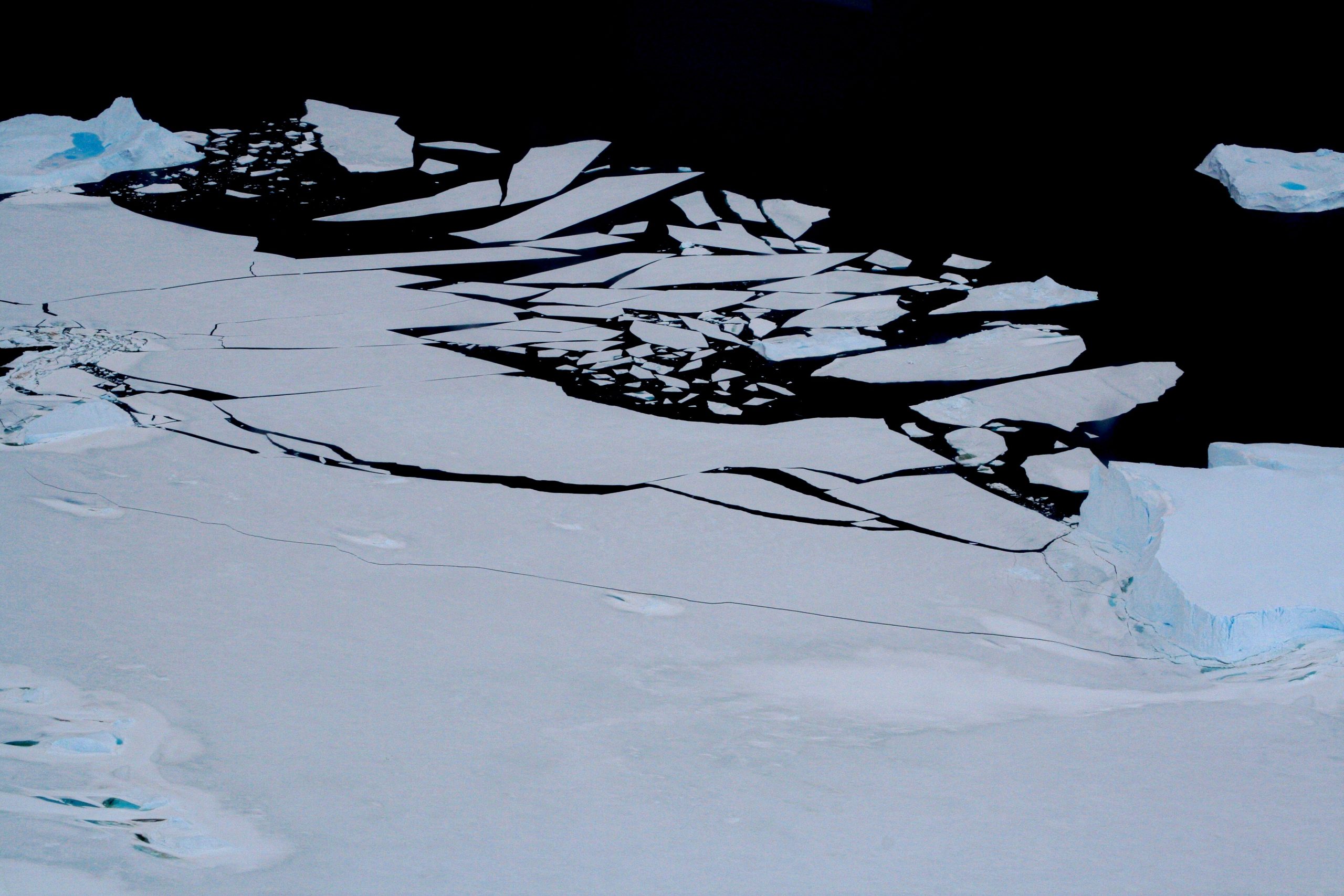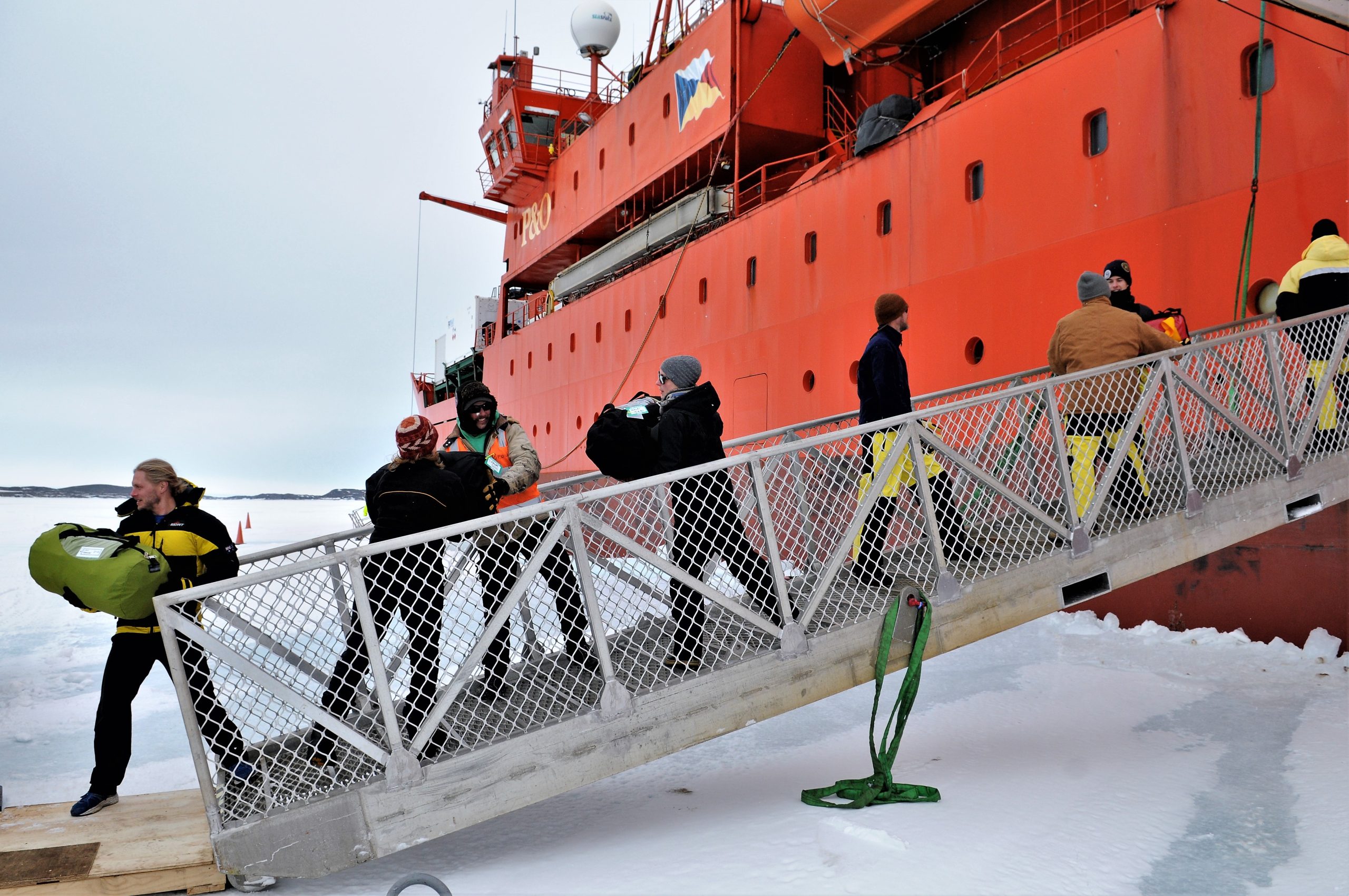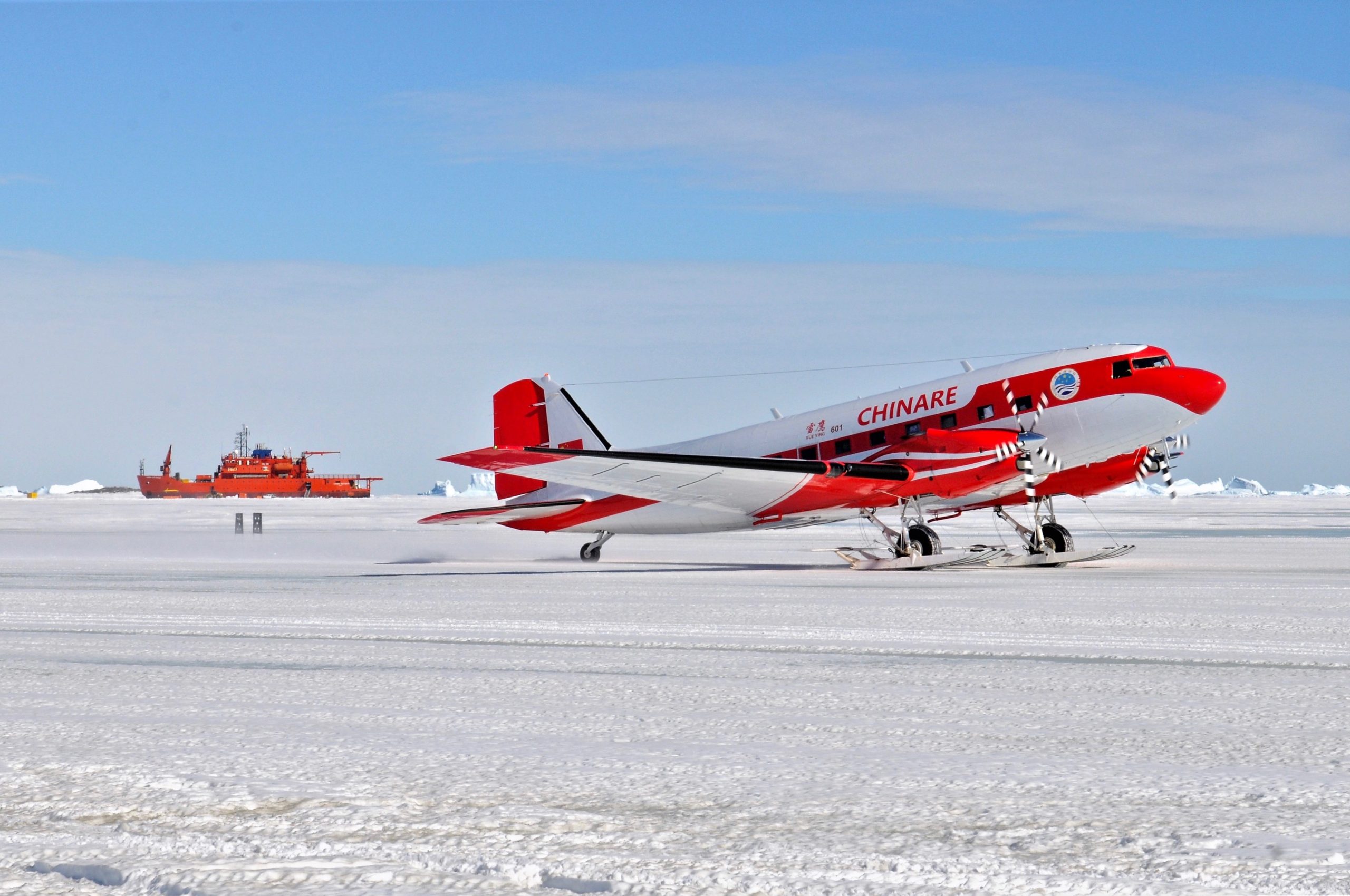New study of Antarctic landfast ice charts dramatic crash
23 June 2023
The first-ever broad review of Antarctic ‘landfast’ ice highlights its far-reaching importance in the Earth system and identifies priorities for future research, while documenting a recent dramatic crash in its extent.
A team of 23 international authors led by Australian Antarctic Program Partnership scientists Dr Alex Fraser and Dr Pat Wongpan published ‘Antarctic landfast sea ice: A review of its physics, biogeochemistry and ecology’ in the journal Reviews of Geophysics today.
“Landfast ice needs to be distinguished from other types of sea ice for the different roles it plays in the global climate system,” said Dr Fraser.
“Our comprehensive review synthesises the current state of knowledge of Antarctic landfast ice, from its physical and mechanical properties through to its major roles in key glaciological, oceanographic, atmospheric, biogeochemical and biological processes.”
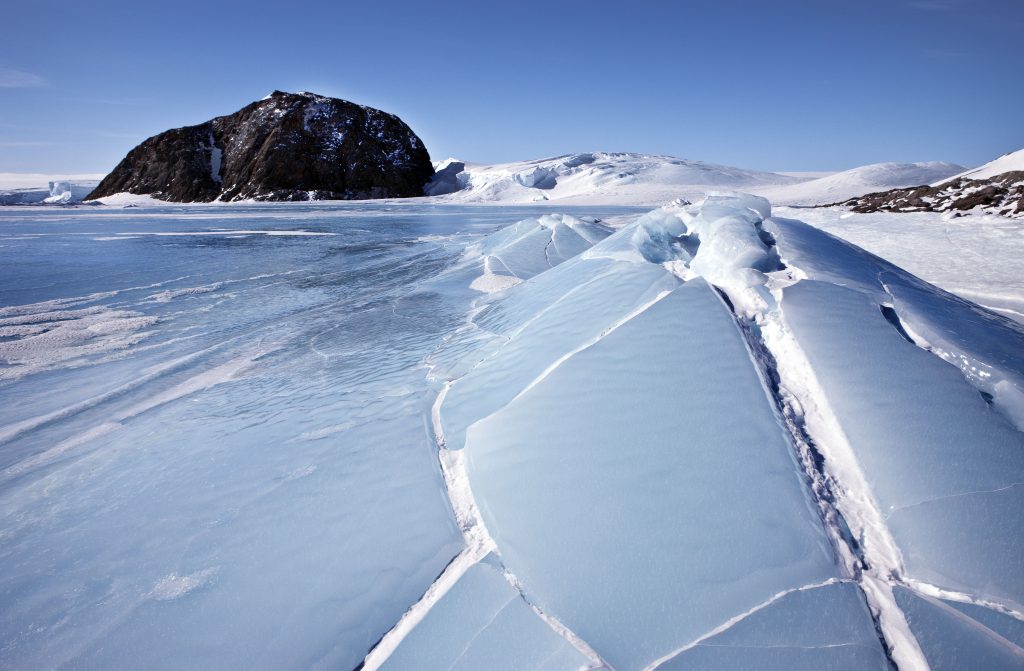
The most important ice you’ve never heard of
Landfast ice is stationary sea ice which forms around and remains attached to the coastline or among grounded icebergs. Antarctic fast ice can cover extensive regions of the Southern Ocean, and ranges in thickness up to several tens of metres. Seasonally, its change in extent roughly triples, from ∼221,000 km2 (mid-March) to ∼601,000 km2 (late September/early October).
In most regions, it forms in autumn, persists through the winter and melts or breaks out in spring/summer. In some regions landfast ice can survive the melt season to become multi-year ice.
Despite the critical importance of Antarctic landfast ice for a wide variety of coastal processes, our knowledge of it “is limited either spatially (e.g. covering a small study region), temporally (e.g. a snapshot, or covering only some part of the annual cycle), or both”, the review says.
Glaciologically, landfast ice provides mechanical stability and a buffer to vulnerable ice shelves and tongues, responding rapidly to environmental factors such as waves and winds.
Oceanographically, landfast-ice distribution strongly influences the size of important coastal polynyas: “hot spots” of sea ice formation which drive the formation of dense Antarctic Bottom Water, which in turn powers global ocean circulation.
Biogeochemically, it forms a seasonal reservoir of nutrients from the land (such as dust), with the potential for ocean fertilisation as it breaks up and drifts offshore.
Ecologically, landfast ice provides a key substrate for early-season primary production which fuels coastal marine food webs. For emperor penguins, landfast ice is critical breeding habitat and essential for the species’ survival.
Logistically, people working in Antarctica use landfast ice for seasonal plane runways and as loading platforms for ships.
Until quite recently Antarctic landfast ice has been overlooked in studies, likely due to insufficient knowledge of its distribution, leading to its reputation as a “missing piece of the Antarctic puzzle”.
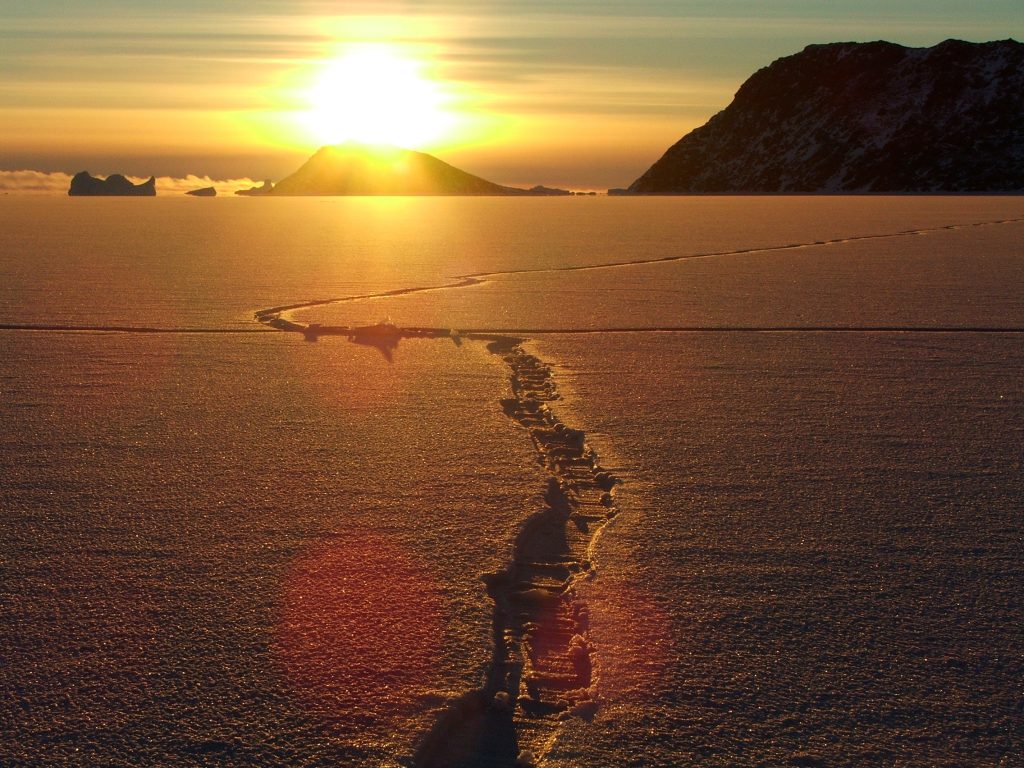
Fast ice futures
The review finds that Antarctic landfast ice is likely to reduce by the end of this century, in terms of its season length, thickness and possibly extent.
However, projections are highly uncertain because landfast ice is not currently represented in any global climate model.
The review notes that the “incorporation of prognostic fast ice into regional and circum-Antarctic coupled sea ice-ocean models is a high priority.”
“The formation of Antarctic fast ice results from complicated interactions between sea ice, ocean, atmosphere, coastal configuration, bathymetry and grounded icebergs (of which no large-scale dataset currently exists), and its accurate model representation is perhaps a more challenging problem than its Arctic counterpart,” the authors wrote.

A new low
Dr Fraser said the review presents a new analysis that demonstrates how rapidly landfast ice can respond to environmental change.
“From satellite records, we created a new yearly time-series of landfast ice from 2000-2022 which shows that the annual minimum circum-Antarctic fast-ice extent reached a dramatic record low in March 2022.”
Landfast ice extent dropped to just 123,200 km² in March 2022 (its normal March range is between 168,600 and 295,200 km²).
“Regions where landfast ice was lost previously had fast-ice cover in early-mid March every year from 2000 to 2021,” he said.
There was a complete loss of multi-year landfast ice in the Ross Sea (∼140◦W), a widespread loss of persistent landfast ice along the eastern side of the Antarctic Peninsula, and across much of East Antarctica.
This unprecedented (in the observational record) low landfast-ice extent occurred in tandem with the record low sea-ice extent minimum in 2022, indicating a similar environmental response between pack and landfast ice with possible linkage between the two.
The review recommends that “observations of fast ice, including both ground- and satellite-based, should be coordinated and expanded to allow deeper understanding of this important part of the global cryosphere and Antarctic coastal environment.”
“If the recent crash in landfast ice represents a long-term trend, there are potentially catastrophic consequences for Antarctic coastal geographies and ecosystems, with knock-on effects throughout the world,” Dr Fraser said.


